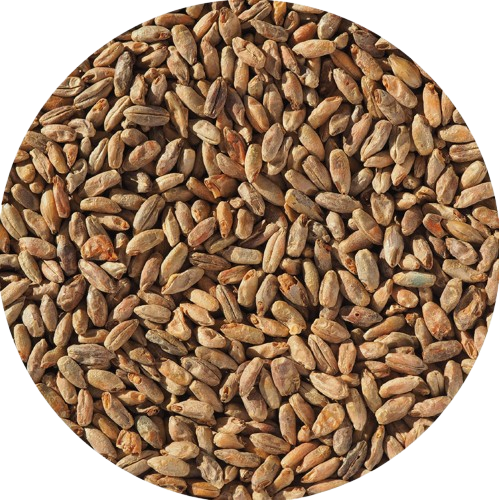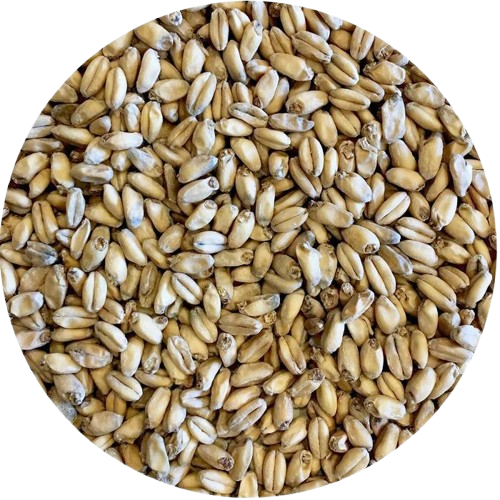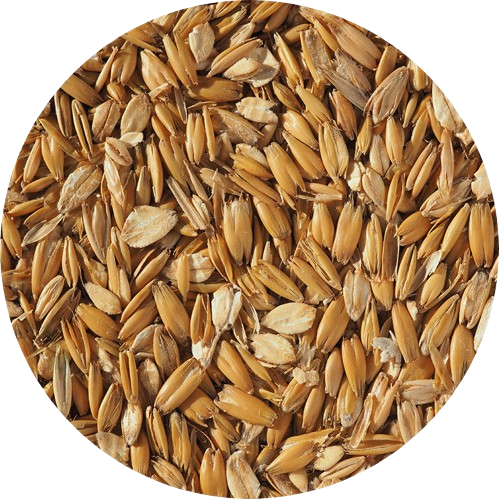How to Brew with Rye, Spelt, and Oats: A Guide to Non-Traditional Grains in Homebrewing
Discover how to brew with rye, spelt, and oats. Learn tips, recipes, and challenges of using non-traditional grains in homebrewing.
Traditional brewing grains like barley and wheat have long dominated the homebrewing world, but a growing number of brewers are turning to non-traditional grains to add complexity, character, and uniqueness to their beers. In this article, we’ll explore the use of rye, spelt, and oats—three grains that offer distinct flavours and brewing challenges. Whether you're looking to spice up your next IPA or add creaminess to a stout, these grains can elevate your brewing game.
Why Use Non-Traditional Grains in Homebrewing?
Non-traditional grains bring a variety of benefits to the brewing process:
- Flavour Diversity: Each grain contributes unique taste notes—spiciness from rye, nuttiness from spelt, and smoothness from oats.
- Historical Significance: Many of these grains have been used in brewing for centuries, especially in European farmhouse styles.
- Texture and Mouthfeel: Oats, for example, are known for enhancing body and creaminess.
- Sustainability and Local Sourcing: These grains are often grown locally and can be a more sustainable choice.
Rye, Spelt, and Oats: Flavour Profiles and Brewing Tips

- Flavour: Dry, spicy, earthy.
- Brewing Notes: Rye contains high levels of beta-glucans, which can make lautering difficult. It’s best used in moderation or with rice hulls to aid filtration.
- Recommended Styles: Rye IPA, Roggenbier, Rye Pale Ale.

- Flavour: Nutty, slightly sweet, rustic.
- Brewing Notes: As an ancient grain, spelt has a lower yield and higher protein content. It can contribute haze and a fuller mouthfeel.
- Recommended Styles: Saison, Belgian-style ales, farmhouse beers.

- Flavour: Neutral to slightly nutty, creamy texture.
- Brewing Notes: Oats are high in proteins and beta-glucans, which can cause haze and lautering issues. They’re excellent for boosting mouthfeel.
- Recommended Styles: Oatmeal Stout, NEIPA, Cream Ale.
Recipe Formulation Tips
When incorporating non-traditional grains like rye, spelt, and oats into your homebrew recipes, it's important to consider how each one affects the overall grain bill and brewing process.
- Rye typically works well at 5-20% of the total grist, adding a dry, spicy character.
- Spelt can be used more generously, ranging from 10-30%, and contributes a nutty, rustic flavour.
- Oats, especially flaked oats, are commonly used at 5-20% to enhance body and mouthfeel, particularly in styles like NEIPAs and stouts.
To ensure a smooth brew day, consider adjusting your mash schedule. A protein rest at around 50-55°C can help break down proteins and improve lautering, especially when using grains high in beta-glucans like rye and oats. These grains may also require a strong base malt to support enzymatic conversion, as they can lack the necessary enzymes on their own.
For brewers looking to experiment with flavour combinations, blending these grains can yield exciting results. Rye and oats together offer a spicy yet smooth profile, while spelt and oats create a creamy, rustic character ideal for farmhouse-style ales. With thoughtful formulation, these grains can add depth and distinction to your next brew.
Common Brewing Challenges and How to Solve Them
Using non-traditional grains introduces some hurdles:
- Lautering Issues: High beta-glucan content can cause stuck sparges. Use rice hulls and consider a longer mash.
- Protein Haze: Expect haze, especially with oats and spelt. This can be desirable in styles like NEIPAs.
- Water Chemistry: Adjust calcium and sulphate levels to balance mouthfeel and accentuate flavours.
Conclusion
Non-traditional grains like rye, spelt, and oats offer exciting opportunities for homebrewers to experiment and innovate. While they come with unique challenges, the rewards in flavour and texture are well worth the effort. Whether you're crafting a bold IPA or a rustic Saison, these grains can help you push the boundaries of your brewing creativity.